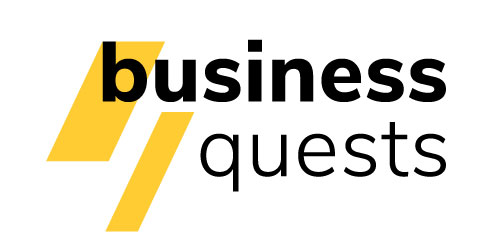Communications is growing more important in marketing and is more coupled with sales than ever before, but something much less visible is going on as all three are critically dependent on an organisation's digital backbone. Whether that organisation sells online or not does not really change the situation.
That's in part because the conceptual boundary that was traditionally considered as an impenetrable shield has become porous and transparent in the digital age, making it possible for the outside world to see through it and get a degree of information and understanding about the inside of a company or institution that's unprecedented in recorded history. So for all practical purposes, we should consider internal alignment, effectiveness and efficiency as directly beneficial to the organisation’s public image and ultimately its ability to address the needs of its key constituencies.
Furthermore activities traditionally considered as having more of an operational impact without influence on marketing and communications are, in fact, more than ever providing the bedrock for the value proposition and for the promise of the brand. For example, a telco’s back-office, billing and customer care services will have a critical impact on the brand’s reputation and in the field of e-commerce the quality of customer service may easily become a critical source of competitive advantage as has been the case over the years with Zappos (part of Amazon since 2009).
We've represented this on the following framework that we use to assess marketing, communications and sales in companies and other institutions. There are other much more complex models out there to help examine how goals, processes, tools and skills align to deliver beneficial results to a company, but we've found this one to help concentrate attention on key elements and their interactions, while at the same time being easy enough to explain to a business audience.
| Framework of analysis for digital transition in marcoms |
The framework shows:
- a porous organisational boundary that compels companies and other institutions to invest resources in internal consistency, impeccable processes, adequate tools and competent people;
- the critical role played by goals in determining which processes and tools should be deployed towards achieving those goals for the company;
- how processes and tools depend on skills and quality of human resources;
- the major importance of an "always be testing" mentality and on focusing on the feedback that those tests generate;
- a need to reconsider goals - thus potentially processes, tools and skills - on a regular basis depending on the results of feedback collected in constant testing and measurement of the effects of the way an organisation functions.
